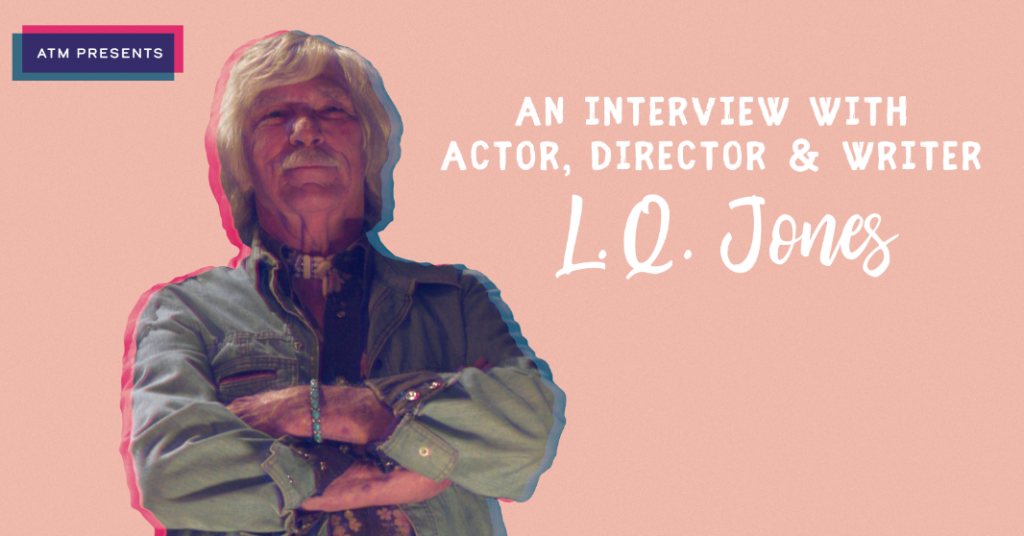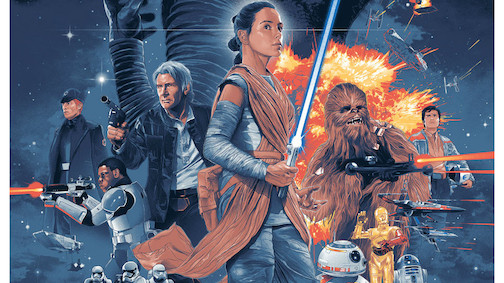by: Michael Shields
Better Call Saul introduces us to the Elder Law and the Alpine Shepherd Boy….

When Jimmy, brave soul that he is, mounted the seventy foot tall billboard advertising his services in order to save a dangling, helpless worker, this marked the conclusion to Better Call Saul’s initial story arc. Jimmy’s career had acquired the jump start it needed, and the future ahead of him appeared as bright as the day is long. Or so it seemed. Assuming that Jimmy had a follow up plan to his billboard con that would catapult him speedily towards prosperity fails to recognize the despondency of Jimmy’s house calls in the opening scenes of this week’s episode, “Alpine Shepherd Boy” (original title: “Jello”). While some might require more meat on their bones, I could spend the entire episode with Jimmy as he courts the eccentrics of Albuquerque in response to his sudden fame. But alas, there was far more to this episode than Jimmy happening upon Ricky’s Sovereign State (“America’s Vatican City”) ((The music playing in Ricky’s home during the house-call is Act I of Mozart’s opera “Così fan tutte, K 588.”)) and Tony the over-sexual Toilet Buddy.
Proving true the saying “third time’s a charm,” Jimmy’s calling (for now) falls into his lap in the form of Mrs. Straus’s desire for a Last Will and Testament (the title of the episode refers to one of Mrs. Straus’s Hummel figurines) ((In episode three of Breaking Bad’s fourth season entitled “Open House,“ kleptomaniac Marie steals a Hummel figurine from a home being shown for sale.)). If Jimmy is going to avoid the baits of moonstruck inventors and private currency designers, then he is going to need a niche. A chance suggestion and a nudge from Kim leads to Jimmy working the room in an elderly home armed with an arsenal of multi-colored jello snacks that, when exhausted, unveil Jimmy’s knack for catchphrases: “Need a will? Call McGill!” “Gettin’ old sucks,” Jimmy later tells Chuck, “seniors need someone on their side,” an insinuation that Jimmy is making decisions now based on the greater good, and armed with the the knowledge that senior citizens love Matlock, Jimmy formally enters the uninspiring world of Elder Law.
The second half of the episode, almost entirely, focuses on the severity of Chuck’s mental illness and the ramifications of his condition for those close to him. Defined finally as an “electromagnetic hypersensitivity,” an “allergy” of sorts to electricity, it is clear that Jimmy takes his brother’s condition sincerely as evidenced by his frantic acts to disconnect all the hospital machinery around his brother ((Clea DuVall, best known for her role as Sofie on the HBO television series Carnivàle, plays Chuck’s doctor.)). What we are left with after our deeper excursion into Chuck’s ailment, is a sense that Jimmy will ultimately be forced to make a decision, one that pits his loyalty to his brother against his spite for Hamlin, a man who drapes himself dapperly in as many shades of blue as possible. Chuck is a liability to Jimmy, a role Slippin’ Jimmy played in years prior. Who Jimmy truly is will undoubtedly be revealed in his dealings with Chuck, and I fear that the answer may be too tough to stomach. Time will tell….
To adjourn the episode, Breaking Bad fans obtained something they have been chomping at the bit for, more time with the always fascinating Mike Ehrmantraut. It is safe to say that Mike, in his job as “John Wilkes Booth” or “Booth Tarkington,“ is lonely, bored, and in Albuquerque against his will. While taking in the 1937 Leo McCarey film The Awful Truth ((The film is about a soon-to-be-divorced couple, played by Irene Dunne and Cary Grant, who do whatever they can to wreck each other’s possible love lives.)), Mike watches a shadow cross his window and hears a knock at his door intrude upon his solitude. Grabbing a baseball bat to greet his guests, Mike comes face-to-face with a blast from his past.
“Long way from home, aren’t you?” Mike asks a grouping of detectives on his doorstep. “You and me both,” one responds, implying they both came from the same place, presumably Philadelphia.
Breaking Bad fans flock to their televisions every Monday night now for a variety of reasons, and one of those is to find out how a cantankerous parking lot attendant one day turns out to be not only the private investigator for a shrewd, criminal lawyer, but also an enforcer for the Southwest’s premiere drug kingpin and nemesis to the late, great Heisenberg. Better Call Saul appears to be on the cusp of an episode that focuses on how Mike became all the above and more. What the hell happened in Philly? Who was that woman Mike was stalking (Kaylee’s mom, his daughter?)? Why are out of town police chasing him down? We are on the verge of a thrilling jaunt into Mike’s backstory, and hopefully even a chance to revisit that fateful day Mike learned that half-measures won’t cut it. For now, with Johnny law at his doorstep, Mike better call….um, er….Jimmy!
This week’s episode of Better Call Saul featured a deployment of unique and strategic camera shots which epitomizes the trademark production work of Breaking Bad and now Better Call Saul. In the cold opener we were taken – literally – through Chuck’s peephole as Albuquerque’s finest lay in wait on his doorstep. In another, we were given the perspective from inside Ricky’s safe full of homemade currency. In yet another, we experienced life from within Tony the Toilet Bowl and then later we are taken for a ride upon a jello cart through a lively nursing home. These heavy handed and adventurous shots are part of the Breaking Bad legacy, and a prominent ingredient of what makes Better Call Saul such a joy to watch. And the man behind the lens responsible for this unmitigated dexterity is a relative newcomer to Vince Gilligan’s team, Arthur Albert ((Arthur worked on Happy Gilmore, Dirty Work, The Wonder Years, ER, and most recently the entirety of the first season of The Blacklist. He also was the cinematographer on two Breaking Bad episodes, “Confessions” and “Buried.”)).
It is an understatement to proclaim that Venezuelan native Arthur Albert had tough shoes to fill, as Michael Slovis’ cinematography on Breaking Bad is legendary in the industry. Yet, Arthur has held his own and brought life to Vince Gilligan’s vision of “honoring the look of Breaking Bad” without having it appear like the same show. Breaking Bad’s aesthetic was so singular, partially because it was one of the last television shows to be shot entirely on film. But it also employed the use of handheld cameras to bequeath the show with unceasing nervous energy. And this is where Better Call Saul, under Albert’s discerning eye, has diverged. With the limitations of space (think for a moment about the size of Saul’s car and office) Albert was forced to use more modern techniques and equipment, yet has stayed true to the film noir inspiration of Breaking Bad. This influence is exemplified by the framing of strong diagonal shadows that can be found in countless shots in the first five episodes, crafting a visage that appears like it is straight out of an Edward Hopper painting. Albert has also drawn on the influence of Stanley Kubrick, employing wide-framed shots and vanishing point perspective. Although we are only half way home, it is safe to say we are in good hands with Albert Arthur ((To read a more thorough examination of Albert Arthur’s work on Better Call Saul I call your attention to the March 2015 issue of Digital Video.)). And at the midway point of the series, I am secure in proclaiming that the road ahead will be just as intriguing as the one we have already traversed. Especially considering that Mike Ehrmantraut is now in bed, per say, with Jimmy McGill, a man whose lousy days, according to Kim, “are more interesting than [her] good ones.”





